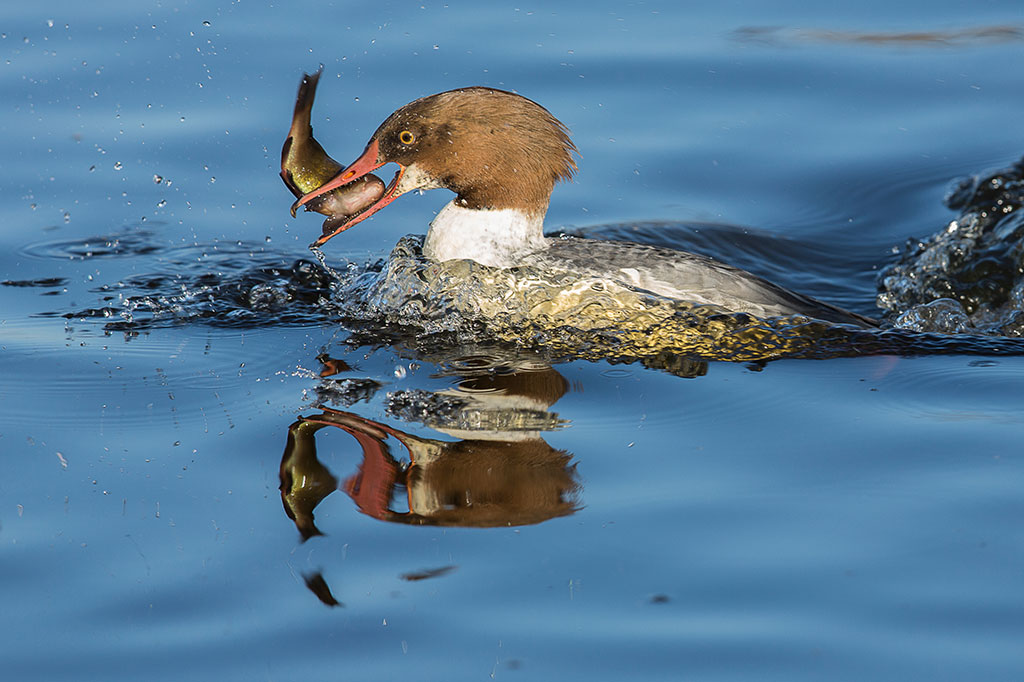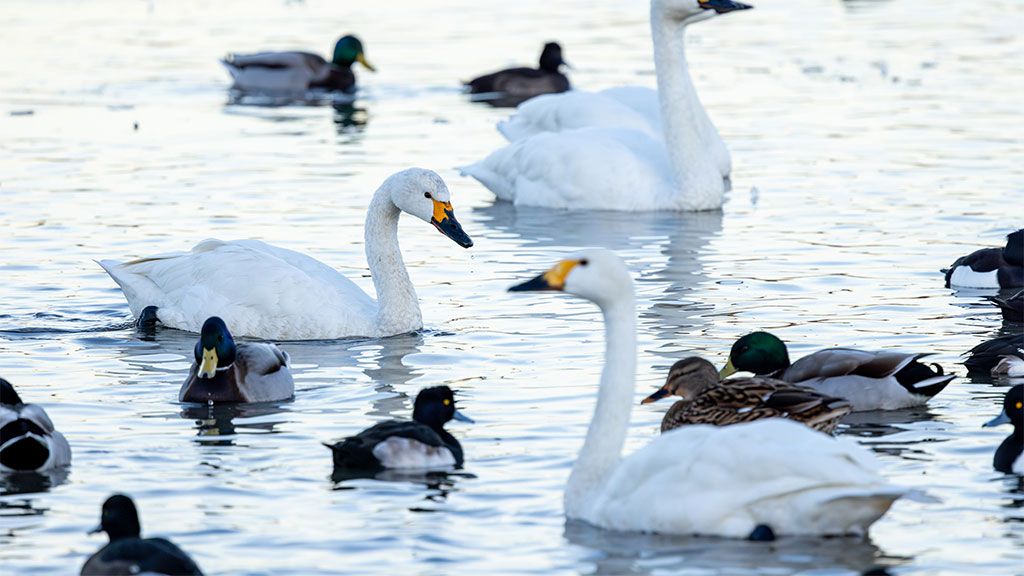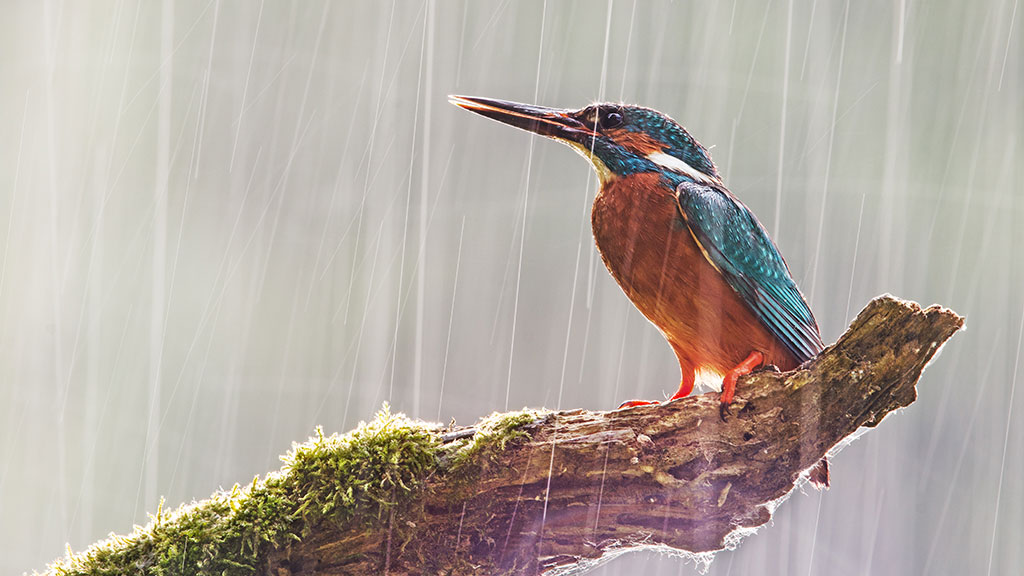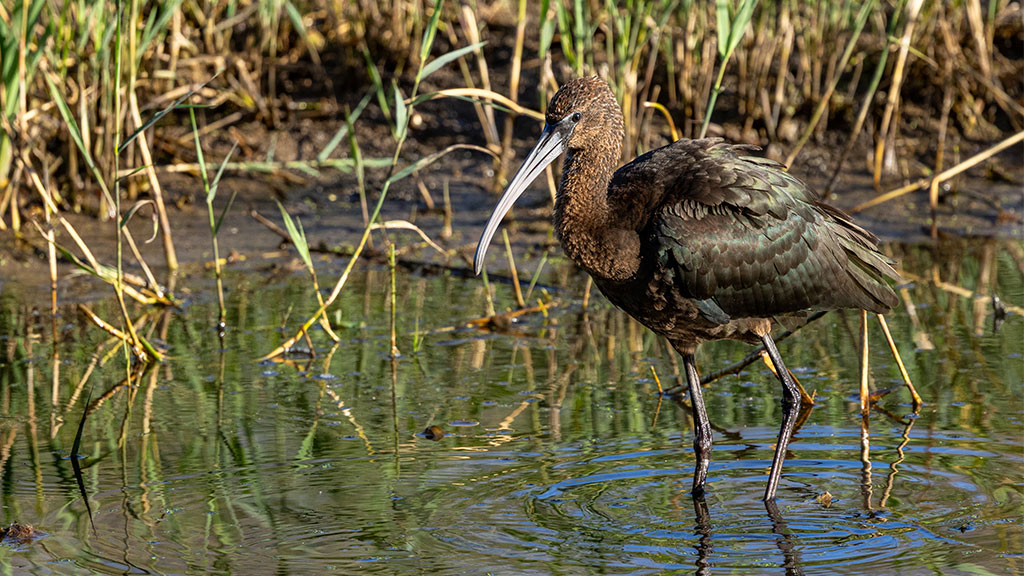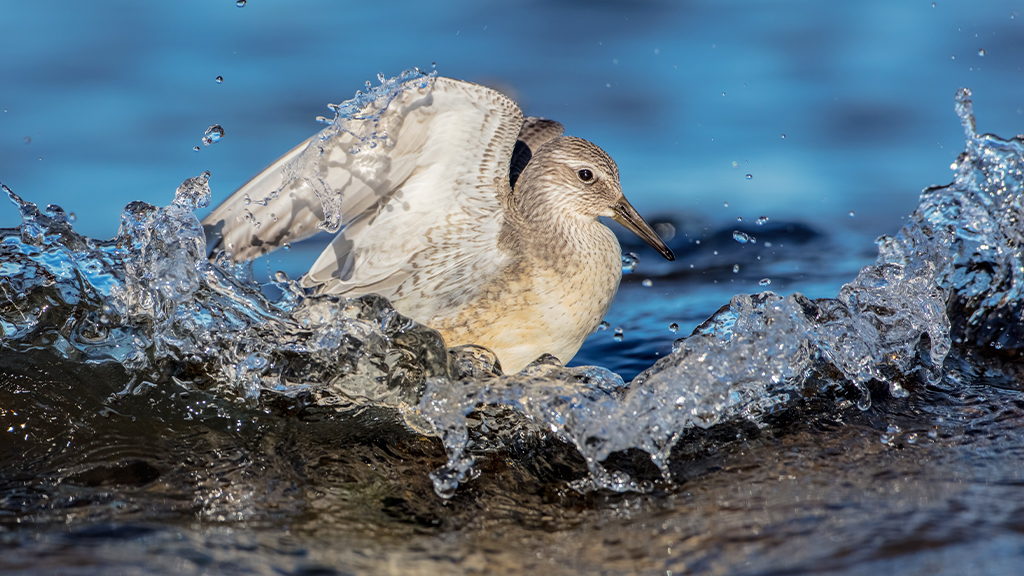Top 6 fish-eating birds to spot at our wetland sites
Winter is here, which means it's the perfect time of year to spot all kinds of fish-eating birds in action. From lightning-fast divers to the more laid-back stand-and-grabbers, these are the birds to watch out for.
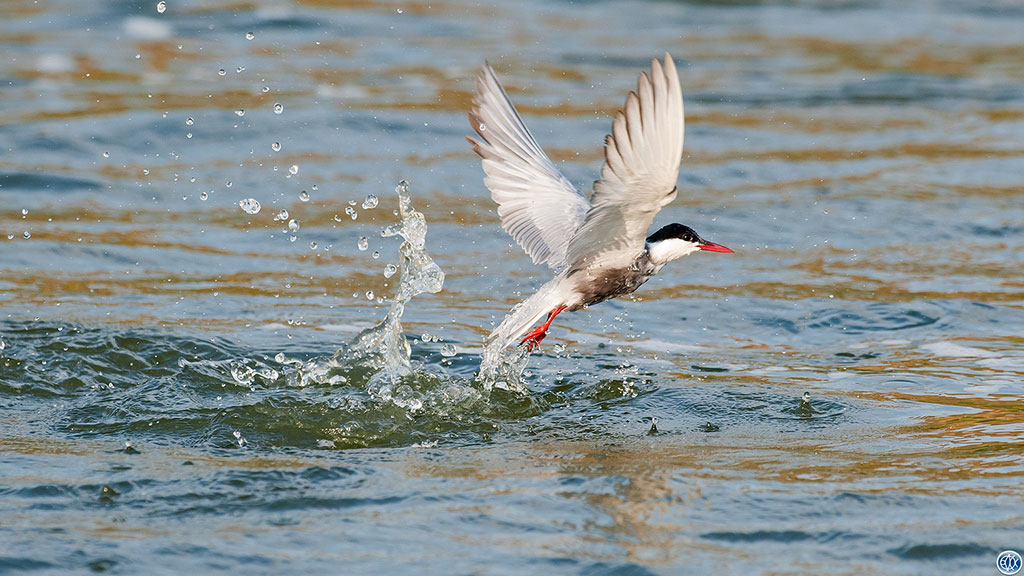
When you visit a WWT centre, one of the things you’re unlikely to see during your visit is among the most important – its fish population. Unless you’re a keen angler, you probably don’t give fish much thought, but that’s certainly not the case for many of our wintering birds. Some eat fish, and procuring them is the dominant task of every day.
“It’s fascinating to watch the different ways birds catch fish,” says Martin McGill, Senior Reserve Warden at Slimbridge. “They tend to use three main techniques. A bird can immerse itself fully underwater, as a grebe does; it can wade in the water and use sight or touch to detect a fish and then pluck it out; or it can swiftly plunge into the water from a height. You’ll be surprised how many of our wintering birds use one of these approaches to catching dinner.”
Catching lunch
While the kingfisher is the most famous splash-and-grabber and is easy to see at most WWT reserves, it isn’t the only plunge-diver. “Look carefully and you’ll often see gulls, especially black-headed gulls, plunging in,” says Martin. “They might just fly a little way above the surface of the water and then dive in with open wings, as if they were going for a dip. It’s easy to miss.”
And while grey herons are the most famous wading fish-catchers, often spending hours standing motionless in the shallows just watching for something to come in range before they lunge and grab with their bills, other birds (like little and great egrets) wade.
Spoonbills, which are occasionally seen on WWT reserves, catch fish by touch, swinging the bill through shallow water as they walk. Waders, such as greenshanks and spotted redshanks, and sometimes even avocets, do this as well.
“A few species of duck routinely catch fish in the water,” adds Martin. A certain trio, including the smew, are known as ‘sawbills’ due to their serrated beaks. These help them grip slippery fish and demonstrate how specialised they are. “Red-breasted mergansers and goosanders, for example, often ‘snorkel’ when they look for prey, before diving underwater.”
Naturally, we ensure that our reserves have healthy fish populations. “We make sure we don’t over-dredge ditches, so there are plenty of places for fish to breed. And our healthy reedbeds act as filters to keep the water clean. This helps all life underwater.”
6 fish-eating birds to spot this winter
If you're visiting one of our wetland sites this winter, keep your eyes peeled for these incredible, fish-eating birds.
1. Little grebe
Famous for its short dives (an alternative name, dabchick, means ‘dip chick’, as in taking a dip), the little grebe tends to forage in sheltered water among vegetation, often taking prey from the stems of waterweed. It prefers small fish such as sticklebacks and minnows.
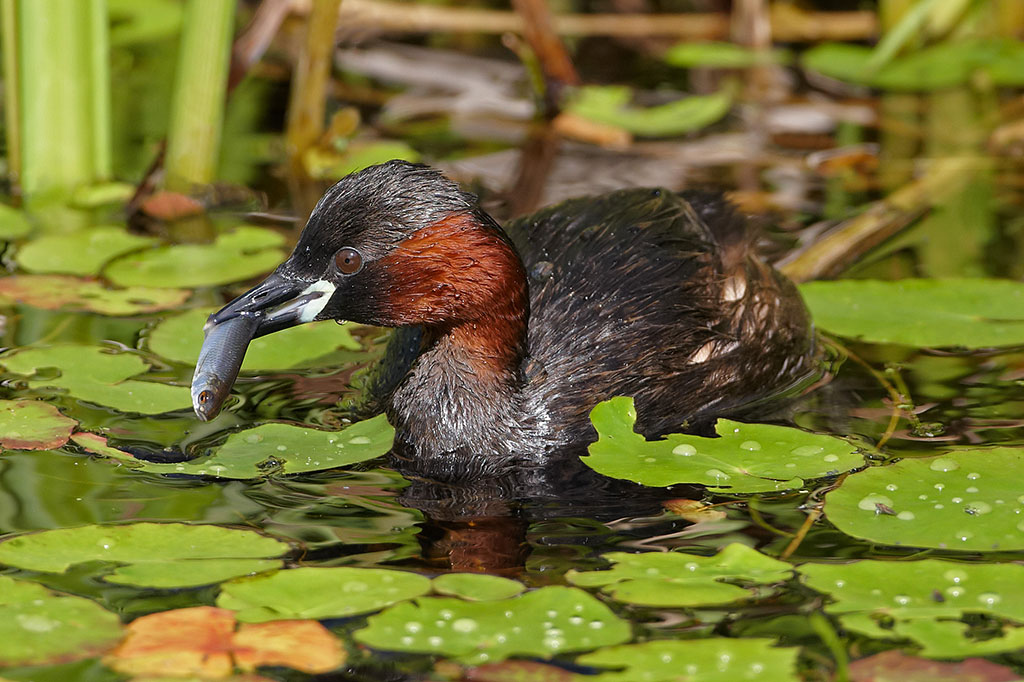
2. Cormorant
The cormorant immerses itself completely in relatively deep water and uses its strong webbed feet to chase down relatively large fish, including eels. On the whole, it gets most of its food from the bottom of a pond, lake or river.
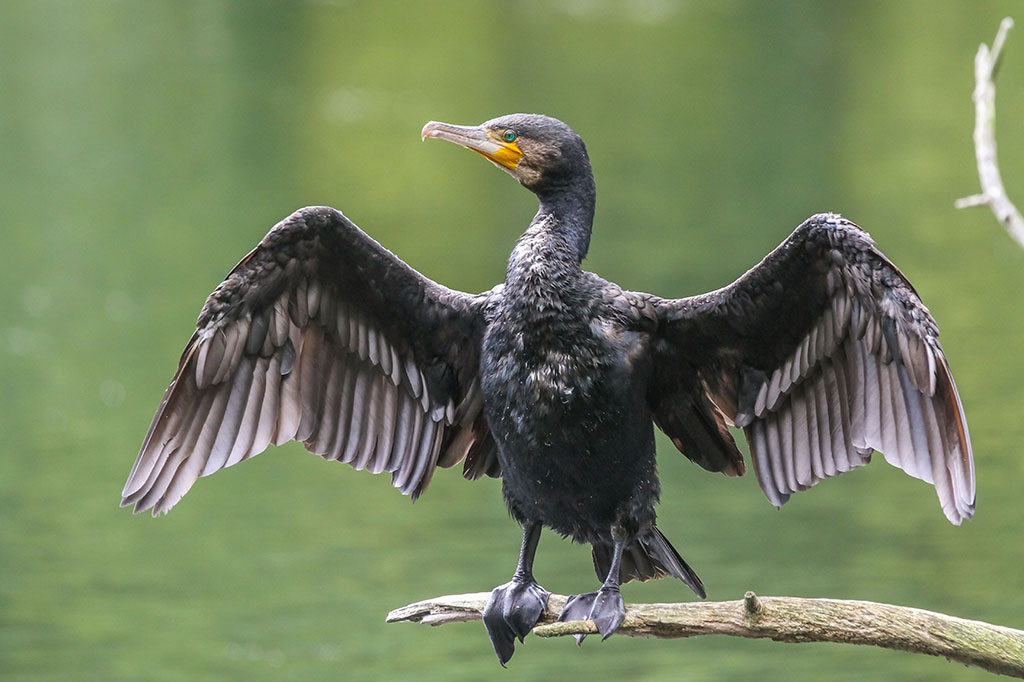
3. Bittern
It lives like a very secretive heron, hunting for prey mostly in pools and ditches surrounded by dense reedbeds. It uses the same methods, waiting stealthily with its feet immersed in water, ready for prey to approach.
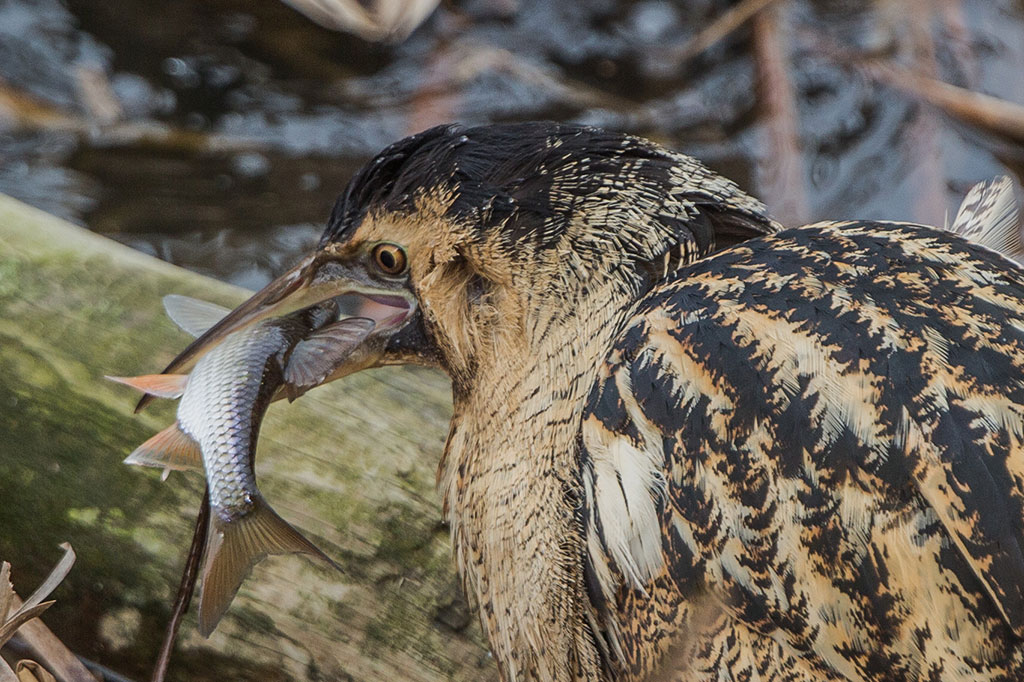
4. Greenshank
This is a rare wintering bird that rests at WWT centres in spring and autumn. It is unusual for being a wader that often eats fish, detecting them by touch in shallow water and also by sight. It is sometimes seen running after prey.
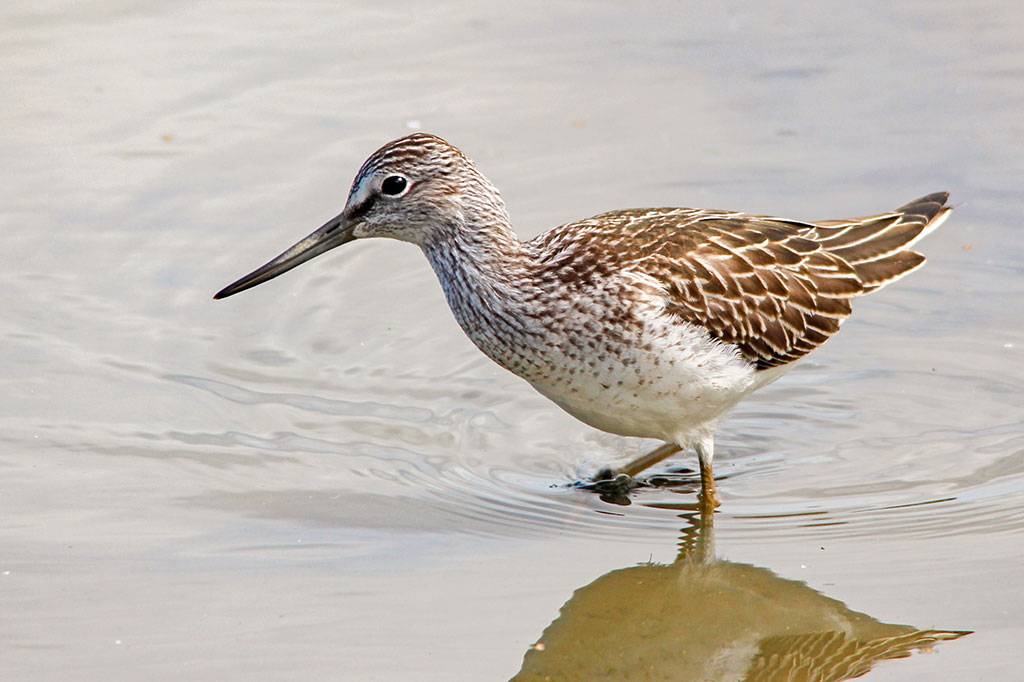
5. Kingfisher
The most famous plunge-diver of them all is also the smallest. It sits on a perch low over the water, and plops in when it spies a fish close to the surface. Young have to learn how to compensate for refraction when they practise fishing.
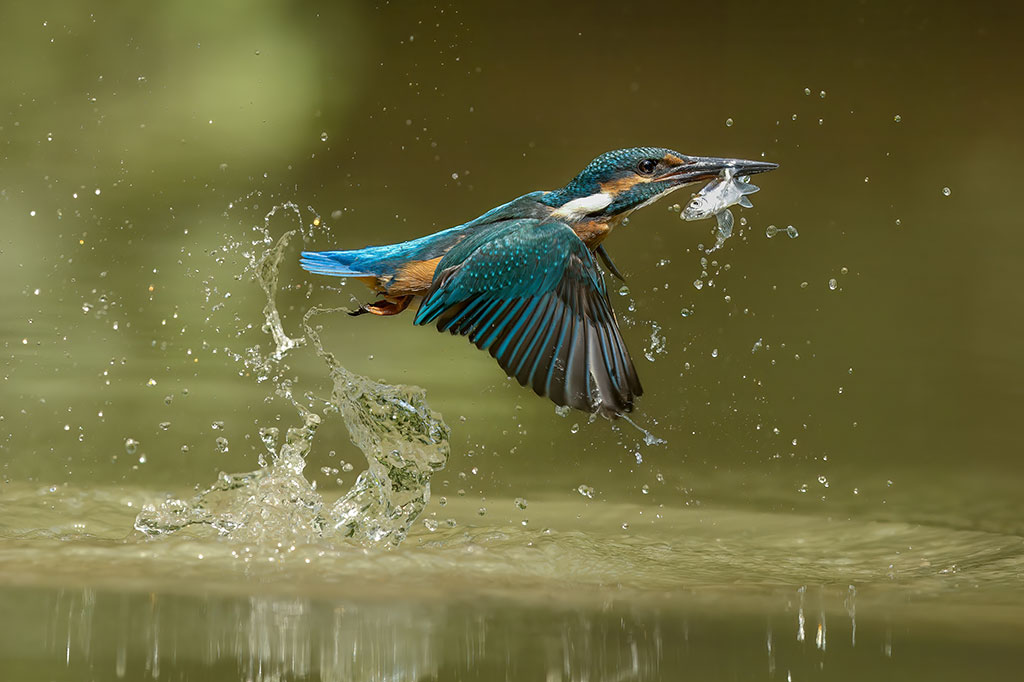
6. Goosander
This large diving duck closes its wings underwater and propels itself using its feet. It usually fishes in clear water, often in rivers but also deeper lakes, and can be seen immersing its head before a dive to see if there’s any prey nearby.
